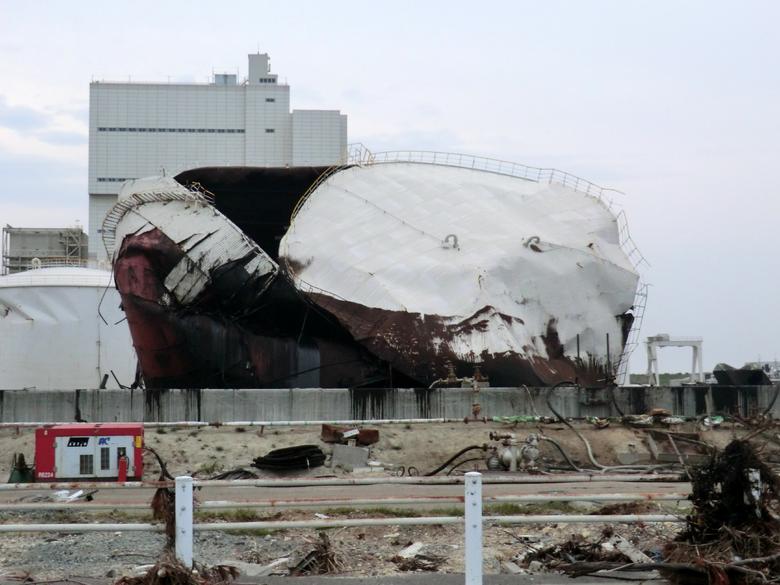
NERVOUS OIL PRICES

WSJ wrote, as the price of U.S. crude marches back toward $50-a-barrel territory, several big shale drillers are tiptoeing back into the oil patch, and that is making some energy experts nervous.
Devon Energy Corp., Pioneer Natural Resources Co. and other prolific shale producers are telling investors that this fall they will pour more money into drilling new wells. The burst of activity shows the resilience of American energy companies that managed to survive oil's plunge from over $100 a barrel in June 2014 to less than $30 earlier this year. But the burgeoning ramp-up threatens to cut the recent rally to $50 off at its knees.
Investors are scared there is little room in the market for all the new crude that is about to be unleashed by companies restarting their operations in Texas and Oklahoma. Federal data shows companies are already pumping more from each well, getting an additional 15 percent to 30 percent from new wells in some of the biggest shale fields.
"I do worry," said Daniel Katzenberg, an energy analyst with Robert W. Baird & Co. "This higher activity level may be premature, in my view, and probably keeps a cap on how high oil prices can go."
This summer the U.S. oil price has whipsawed from more than $50 a barrel in June to below $40 earlier this month. In the past two weeks it has risen more than 20%, to a recent $48.22 a barrel.
Oil storage tanks around the country are already brimming with more than 521 million barrels of crude, a 14% increase over last year, according to federal data. But as the price rises, producers can't seem to resist pumping more despite the glut.
Many have cut costs so deeply that they can turn a profit when oil trades around $50. That's why a contingent of investors and analysts now see that price as a ceiling for the market.
"Being at $50 or $52 was probably the worst thing ever for oil," said Ben Ross, a commodities portfolio manager at Cohen & Steers Inc., which manages $52 billion in assets.
Mr. Ross—a long-term bull on oil—sold when crude reached $50 earlier this summer. He wasn't alone. Many others sold off around the same time, according to data from the Commodity Futures Trading Commission.
When oil popped above $50 a barrel for a few days in June, money managers began betting that prices would collapse. That group had just 53,377 bearish positions in the U.S. oil market on May 31, a one-year low, CFTC data show. In the following two months, the number of bearish positions ballooned to 220,000, a record high in a decade of data.
Even knowing that additional oil production could push down the price of oil, optimistic U.S. producers have started to drill again, redeploying more than 70 rigs this summer, with a lot more idled equipment coming back online soon. That is because few expect the price to return to a low near $26 seen earlier this year.
At least 10 shale companies, including RSP Permian Inc. and Newfield Exploration Co., recently boosted their budgets by about $1.1 billion so they could tap new wells, according to Jefferies Group LLC. It is a sign that many U.S. producers see an end to the oil bust and want to bring their operations back to full force faster than their competitors, said analyst Jonathan Wolff.
Devon is boosting its 2016 spending by 20% to as much as $1.3 billion, with plans to add up to seven rigs in Oklahoma and Texas. Chief executive Dave Hager said the company will re-evaluate if prices dive again.
"We're really taking a quarter-by-quarter look at this to determine what we think the right strategy is," he said.
Pioneer, one of the biggest drillers in West Texas, bumped up its budget by 5%, to $2.1 billion, and plans to put five rigs back to work, starting with one in September. The new oil will help feed Pioneer's output projection that it can pump up to 17% more in 2017.
While the oil market is vulnerable to price swings, $35 a barrel is probably the worst-case low at this point, said Darwei Kung, portfolio manager of the $2.5 billion Deutsche Enhanced Commodity Strategy Fund. Additional oil-patch spending on drilling is coming from a relatively small group of shale companies that will also quickly dial back their efforts should oil prices fall back below $40, he said.
Going forward, when the U.S. crude price finally claws its way back to $55 a barrel it could be a game changer that restarts the American energy renaissance, according to Mike Kelly, an analyst at Seaport Global Securities.
That, he said, is when "everyone and their grandma is going to start drilling."
-----
Earlier:







